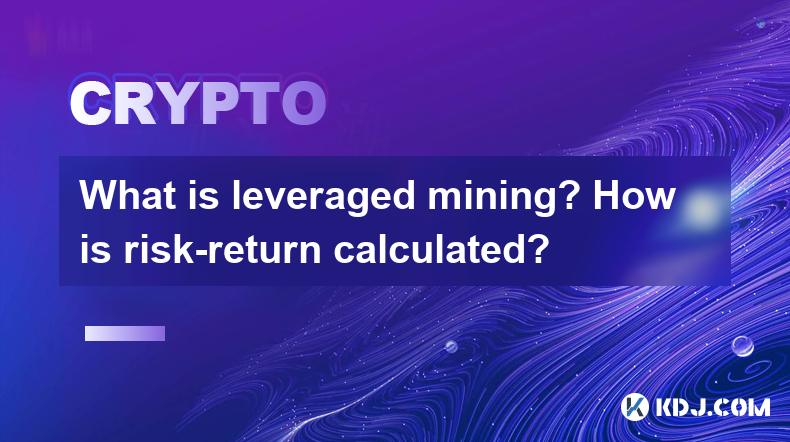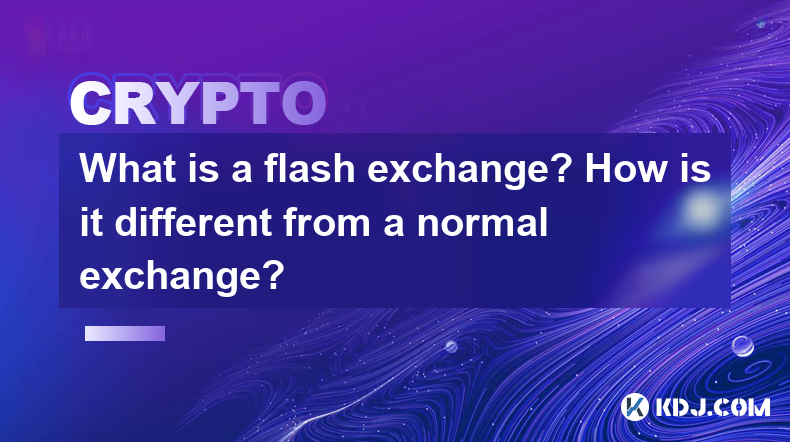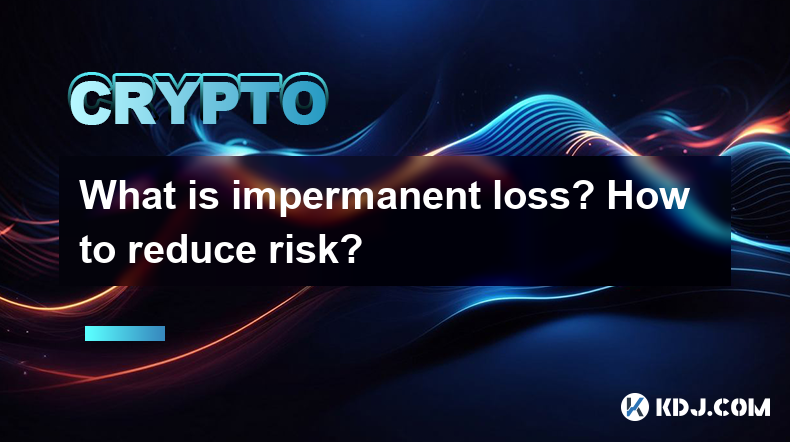-
 Bitcoin
Bitcoin $88,555.6766
1.18% -
 Ethereum
Ethereum $1,626.4043
-1.22% -
 Tether USDt
Tether USDt $0.9998
-0.01% -
 XRP
XRP $2.1018
-1.27% -
 BNB
BNB $605.8750
0.04% -
 Solana
Solana $140.3422
0.04% -
 USDC
USDC $0.9999
0.00% -
 Dogecoin
Dogecoin $0.1643
1.27% -
 TRON
TRON $0.2481
1.05% -
 Cardano
Cardano $0.6359
-1.63% -
 Chainlink
Chainlink $13.3216
-2.53% -
 UNUS SED LEO
UNUS SED LEO $9.1797
-2.79% -
 Avalanche
Avalanche $20.3681
-2.52% -
 Stellar
Stellar $0.2473
-4.43% -
 Sui
Sui $2.3043
2.50% -
 Shiba Inu
Shiba Inu $0.0...01257
-1.15% -
 Toncoin
Toncoin $2.9429
-3.48% -
 Hedera
Hedera $0.1738
0.16% -
 Bitcoin Cash
Bitcoin Cash $347.0587
1.49% -
 Hyperliquid
Hyperliquid $18.2576
-0.35% -
 Litecoin
Litecoin $79.8456
-0.89% -
 Polkadot
Polkadot $3.7809
-4.73% -
 Dai
Dai $0.9999
-0.01% -
 Bitget Token
Bitget Token $4.4439
-0.50% -
 Ethena USDe
Ethena USDe $0.9991
-0.01% -
 Pi
Pi $0.6313
-0.96% -
 Monero
Monero $216.2035
0.57% -
 Pepe
Pepe $0.0...08138
3.46% -
 Uniswap
Uniswap $5.3889
-1.68% -
 OKB
OKB $50.9281
-0.23%
How to buy, sell and trade COMP coin? Detailed tutorial
To buy COMP, create an account on a reputable exchange, deposit funds, and place a buy order for the desired amount at the current market price or a specific price using a market or limit order.
Oct 06, 2024 at 11:29 pm

How to Buy, Sell, and Trade COMP Coin: A Comprehensive Guide
1. Understand COMP Coin
Compound Coin (COMP) is a cryptocurrency representing the Compound protocol, a decentralized lending platform on the Ethereum blockchain. Users earn COMP by supplying or borrowing crypto assets on the platform.
2. Choose an Exchange
Several exchanges offer COMP trading, including:
- Coinbase
- Binance
- Kraken
- Gemini
- FTX
Choose an exchange with reputable security measures, low trading fees, and available trading pairs (e.g., COMP/USD, COMP/BTC).
3. Open an Account
Create an account on the exchange and provide personal details for KYC (Know Your Customer) purposes. Verify your identity by submitting required documents.
4. Deposit Funds
Fund your account using supported deposit methods such as bank transfers, credit/debit cards, or cryptocurrencies like Bitcoin or Ethereum.
Buying COMP:
5. Navigate to the Trading Page
Locate the trading page for the desired COMP trading pair (e.g., COMP/USD).
6. Place a Buy Order
Specify the amount of COMP you want to buy and the order type (e.g., market order for immediate execution or limit order for a specific price).
7. Confirm Purchase
Review the order details, including the price and fees. Confirm the purchase to complete the transaction.
Selling COMP:
8. Navigate to the Sell Page
Locate the trading page for the desired COMP trading pair (e.g., COMP/USD) and select "Sell."
9. Place a Sell Order
Specify the amount of COMP you want to sell and the order type (e.g., market order for immediate execution or limit order for a specific price).
10. Confirm Sale
Review the order details, including the price and fees. Confirm the sale to complete the transaction.
Trading COMP:
11. Understanding Trading Pairs
COMP is often traded against other cryptocurrencies (e.g., BTC, ETH) or stablecoins (e.g., USDT, USDC).
12. Place a Trade Order
Select the trading pair (e.g., COMP/BTC). Specify the amount of COMP you want to trade and the desired price.
13. Monitor Execution
Check the order status to see if it has been executed. Keep track of price movements and adjust your orders accordingly.
Additional Tips:
- Research different exchanges and compare their fees and security measures.
- Use cold storage if you plan to hold COMP long-term.
- Follow reputable news sources to stay informed about market trends and COMP developments.
- Consider using limit orders to avoid price fluctuations affecting your trades.
Disclaimer:info@kdj.com
The information provided is not trading advice. kdj.com does not assume any responsibility for any investments made based on the information provided in this article. Cryptocurrencies are highly volatile and it is highly recommended that you invest with caution after thorough research!
If you believe that the content used on this website infringes your copyright, please contact us immediately (info@kdj.com) and we will delete it promptly.
- Pi Coin (PI) Trades at $0.63, Marking a 2% Decline in the Last 24 Hours
- 2025-04-22 16:50:11
- Mantra (OM) Price Holds Above $0.51 as CEO Begins Massive 150 Million Token Burn to Restore Trust
- 2025-04-22 16:50:11
- The enigmatic lead of the Shiba Inu developer team known to the SHIB army under the pseudonym Shytoshi Kusama has once again sent ripples through the meme coin community
- 2025-04-22 16:45:13
- Paul Atkins Has Been Sworn in as the New Chair of the U.S. Securities and Exchange Commission (SEC)
- 2025-04-22 16:45:13
- Bitget Exploited: Market-Maker Bot Glitch Triggers $100M Trading Frenzy, Turning $VOXEL into a Crypto Storm
- 2025-04-22 16:40:12
- MANTRA CEO John Patrick Mullin announces plans to burn 300 million OM tokens to stabilize market price after recent massive price crash.
- 2025-04-22 16:40:12
Related knowledge

What is impermanent loss insurance? What are the solutions?
Apr 12,2025 at 01:14am
What is Impermanent Loss Insurance? What are the Solutions? Impermanent loss is a significant concern for liquidity providers in decentralized finance (DeFi) platforms. It occurs when the price of tokens in a liquidity pool changes compared to when they were deposited, leading to a potential loss if the provider decides to withdraw their liquidity. To m...

What are algorithmic stablecoins? How do they maintain anchoring?
Apr 12,2025 at 11:35am
Algorithmic stablecoins represent a fascinating and innovative segment within the cryptocurrency ecosystem. These digital assets are designed to maintain a stable value, typically pegged to a fiat currency like the US dollar, through the use of algorithms rather than traditional collateral. This approach distinguishes them from other types of stablecoin...

What is leveraged mining? How is risk-return calculated?
Apr 11,2025 at 04:07pm
What is Leveraged Mining? How is Risk-Return Calculated? Leveraged mining is a strategy used in the cryptocurrency space where miners borrow funds to increase their mining capacity and potential returns. This approach can amplify both profits and losses, making it a high-risk, high-reward endeavor. Understanding how to calculate the risk and return asso...

What is an aggregator? How does 1inch optimize transaction paths?
Apr 12,2025 at 05:00pm
An aggregator in the cryptocurrency space is a tool that compiles and compares data from multiple decentralized exchanges (DEXs) to find the best possible trading routes and prices for users. Aggregators are essential for traders looking to optimize their transactions, as they can automatically search through various liquidity sources to ensure the most...

What is a flash exchange? How is it different from a normal exchange?
Apr 16,2025 at 03:43pm
A flash exchange, also known as a flash swap, is a relatively new concept within the cryptocurrency space that has gained significant attention due to its innovative approach to trading. Unlike traditional exchanges, flash exchanges leverage the power of decentralized finance (DeFi) protocols to enable instant, collateral-free trades. In this article, w...

What is impermanent loss? How to reduce risk?
Apr 16,2025 at 11:14pm
What is Impermanent Loss? How to Reduce Risk? Impermanent loss is a term that frequently surfaces in the world of decentralized finance (DeFi), particularly when discussing liquidity provision on automated market makers (AMMs) like Uniswap or SushiSwap. Understanding this concept is crucial for anyone looking to engage in liquidity provision, as it dire...

What is impermanent loss insurance? What are the solutions?
Apr 12,2025 at 01:14am
What is Impermanent Loss Insurance? What are the Solutions? Impermanent loss is a significant concern for liquidity providers in decentralized finance (DeFi) platforms. It occurs when the price of tokens in a liquidity pool changes compared to when they were deposited, leading to a potential loss if the provider decides to withdraw their liquidity. To m...

What are algorithmic stablecoins? How do they maintain anchoring?
Apr 12,2025 at 11:35am
Algorithmic stablecoins represent a fascinating and innovative segment within the cryptocurrency ecosystem. These digital assets are designed to maintain a stable value, typically pegged to a fiat currency like the US dollar, through the use of algorithms rather than traditional collateral. This approach distinguishes them from other types of stablecoin...

What is leveraged mining? How is risk-return calculated?
Apr 11,2025 at 04:07pm
What is Leveraged Mining? How is Risk-Return Calculated? Leveraged mining is a strategy used in the cryptocurrency space where miners borrow funds to increase their mining capacity and potential returns. This approach can amplify both profits and losses, making it a high-risk, high-reward endeavor. Understanding how to calculate the risk and return asso...

What is an aggregator? How does 1inch optimize transaction paths?
Apr 12,2025 at 05:00pm
An aggregator in the cryptocurrency space is a tool that compiles and compares data from multiple decentralized exchanges (DEXs) to find the best possible trading routes and prices for users. Aggregators are essential for traders looking to optimize their transactions, as they can automatically search through various liquidity sources to ensure the most...

What is a flash exchange? How is it different from a normal exchange?
Apr 16,2025 at 03:43pm
A flash exchange, also known as a flash swap, is a relatively new concept within the cryptocurrency space that has gained significant attention due to its innovative approach to trading. Unlike traditional exchanges, flash exchanges leverage the power of decentralized finance (DeFi) protocols to enable instant, collateral-free trades. In this article, w...

What is impermanent loss? How to reduce risk?
Apr 16,2025 at 11:14pm
What is Impermanent Loss? How to Reduce Risk? Impermanent loss is a term that frequently surfaces in the world of decentralized finance (DeFi), particularly when discussing liquidity provision on automated market makers (AMMs) like Uniswap or SushiSwap. Understanding this concept is crucial for anyone looking to engage in liquidity provision, as it dire...
See all articles























































































